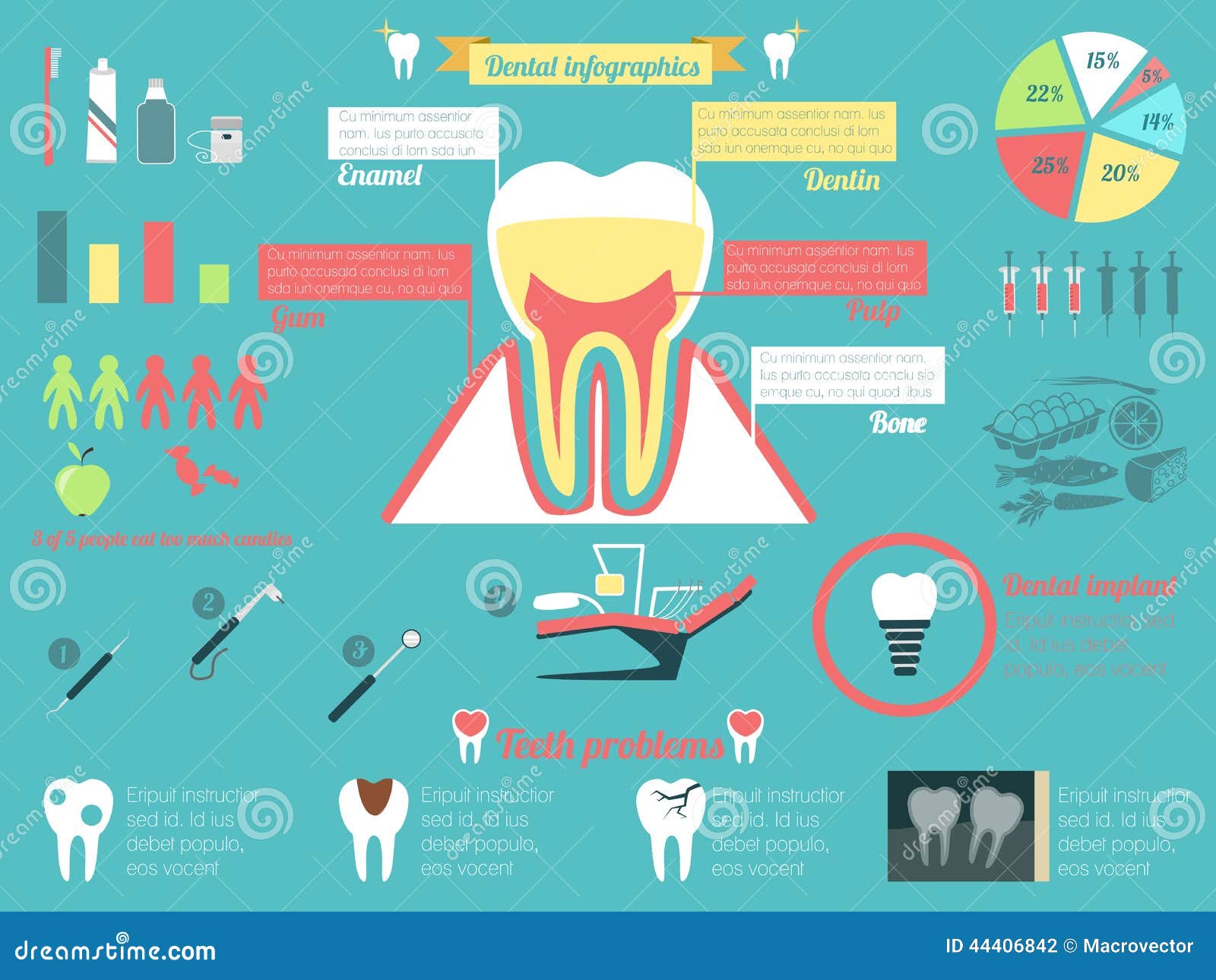The Next Era Of Oral Surgery: Development Innovations And Developments Improving The Specialized
The Next Era Of Oral Surgery: Development Innovations And Developments Improving The Specialized
Blog Article
Web Content Created By-Reeves Jonasson
Welcome to the globe of dental surgery, where advancements and developments are forming the future of the area! In this amazing world, you'll witness the transformative power of robotics, the sophisticated marvel of 3D printing, and the game-changing effect of minimally intrusive strategies.
The future of oral surgery holds a pledge of accuracy, performance, and boosted individual end results. With the help of sophisticated robotics, specialists have the ability to perform complex procedures with greater precision and control.
3D printing innovation is revolutionizing the creation of oral implants and prosthetics, supplying customized options that fit seamlessly right into each person's special composition.
Additionally, minimally invasive strategies are reducing post-operative pain and recovery time, allowing individuals to go back to their day-to-days live earlier.
Prepare emergency dentistry austin tx to check out the exciting innovations and developments that are improving the landscape of oral surgery!
Advancements in Robotics
One significant improvement in dental surgery is the use of robot modern technology, which allows for precise and efficient operations. With the help of robot systems, oral surgeons have the capacity to do intricate surgical treatments with boosted accuracy, decreasing the threat of human mistake.
These robot systems are furnished with sophisticated imaging technology and accurate tools that make it possible for specialists to browse through elaborate anatomical frameworks easily. By using robotic modern technology, surgeons can accomplish higher surgical accuracy, leading to enhanced client results and faster healing times.
In addition, making use of robotics in dental surgery allows for minimally invasive treatments, reducing the injury to surrounding cells and promoting faster recovery.
3D Printing in Dental Surgery
To improve the area of dental surgery, you can check out the subtopic of 3D printing in dental surgery. This innovative modern technology has the possible to change the method dental specialists run and treat clients. Below are 4 crucial methods which 3D printing is forming the field:
- ** Custom-made Surgical Guides **: 3D printing permits the creation of extremely accurate and patient-specific surgical guides, improving the precision and performance of procedures.
- ** Implant Prosthetics **: With 3D printing, dental doctors can produce tailored implant prosthetics that flawlessly fit a patient's special composition, causing far better end results and individual contentment.
- ** Bone Grafting **: 3D printing enables use this link of patient-specific bone grafts, lowering the requirement for conventional grafting strategies and improving healing and recovery time.
- ** Education and learning and Training **: 3D printing can be utilized to create practical surgical versions for instructional objectives, enabling dental surgeons to exercise intricate procedures before executing them on clients.
With its potential to improve precision, personalization, and training, 3D printing is an amazing development in the field of dental surgery.
Minimally Intrusive Techniques
To further advance the area of oral surgery, embrace the potential of minimally intrusive techniques that can substantially profit both specialists and clients alike.
Minimally intrusive methods are changing the field by reducing medical trauma, minimizing post-operative discomfort, and speeding up the recovery process. These methods include utilizing smaller sized incisions and specialized instruments to execute procedures with precision and effectiveness.
By making use of advanced imaging technology, such as cone beam calculated tomography (CBCT), doctors can precisely intend and carry out surgical procedures with very little invasiveness.
In addition, using lasers in oral surgery permits precise cells cutting and coagulation, causing reduced bleeding and minimized recovery time.
With minimally intrusive techniques, people can experience faster recovery, lowered scarring, and improved outcomes, making it a vital facet of the future of oral surgery.
Final thought
So, as you can see, the future of dental surgery is extremely encouraging, with exciting advancements and advances forming the field.
From https://landenfijln.tusblogos.com/33210329/how-much-time-do-oral-implants-last-factors-that-impact-longevity in robotics to the use of 3D printing and minimally intrusive strategies, dental surgeons are changing the way they offer treatment.
While some may fret about the possible cost associated with these developments, it is essential to keep in mind that these innovations ultimately improve client results and lower recuperation time, making them well worth the financial investment over time.
